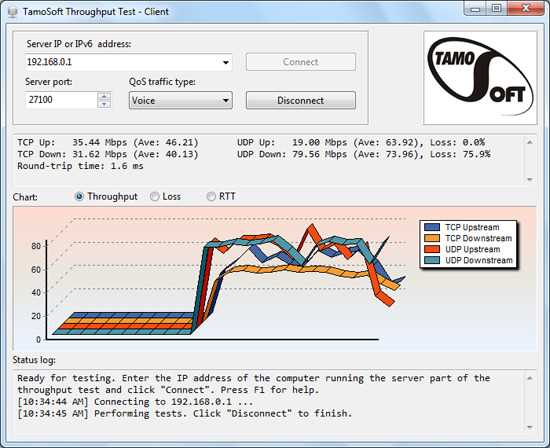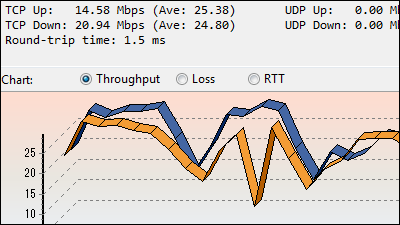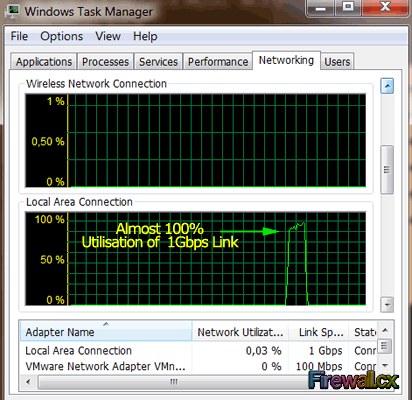

- TAMOSOFT THROUGHPUT TEST VS IPERF DRIVERS
- TAMOSOFT THROUGHPUT TEST VS IPERF DRIVER
- TAMOSOFT THROUGHPUT TEST VS IPERF WINDOWS 10
Finally, remember that the difference between a DDOS and a network test is intent and scope. If you run an iPerf test on a loaded machine it could skew your results. Don't forget that iPerf is dependent upon processor performance. Try to run your tests on Linux if at all possible. Windows employs hot garbage for a networking stack. This is a hard metric to be able to pull of a live network without specialized testing equipment/software. If you're dealing with a standard HTTP data stream things are a lot more forgiving.

If you're dealing with a traffic type with strict gaps (IE: VoIP, streaming media) it matters a LOT and anything beyond 20ms or so will cause issues. So how far off the original intended packet spacing things have drifted. Jitter essentially refers to inter-packet-spacing-delta. And make sure to tell your network admin first or they will be really mad at you. Load that network to the max with a flood to get the real details. So if you're testing a network 'at rest' with small little trickles you won't see what you're looking for. It's a tough thing to conceptualize, but if you're hunting for rate limiting policies they only kick in when a given ceiling is being reached and then gradually constrict like a snake. Regarding the above point, the best network testing is destructive. If you find a major gap between ICMP and the others, you might have discovered a rate limiting policy. If you want the "full up" testing suite, run an ICMP, TCP, UDP flood and do so in the opposite directions (6 tests total) and compare the results. Mono-directional issues are absolutely a thing. It's really hard if not impossible to do the same to UDP. TCP is good, UDP is best but requires control of both ends of the connection. The closer you get to "actual" traffic the more accurate it will be. ICMP results should be trusted as much as a used car salesman. Over the WAN, 1-2% wouldn't be out of the ordinary.
TAMOSOFT THROUGHPUT TEST VS IPERF DRIVER
I've seen a hand-written device driver push a cheap microappliance to near line rate.
TAMOSOFT THROUGHPUT TEST VS IPERF DRIVERS
Generic network drivers are not great at pushing things to the limit. Most of the time, the gap is in the drivers. If you get 80% of a given piece of equipment's advertised maximum network-wise you're in good shape. Some random rules of thumb about doing network testing, in no particular order: Of course i know there are more variables (like 5g WiFi, how many radios?), but like i said i am just looking for which numbers you guys look for in general. TCP up/down Mbps (including average) UDP up/down Mbps (including average) & loss % RTT Jitter And any other numbers you guys find interesting / use

As for the Apple phone let's say we use a IPhone 12. Wireless 5g WiFi client (android) => Wireless 5g WiFi client (android) Wireless 5g WiFi client (apple) => Wireless 5g WiFi client (android)Īs for the android client, let's say we use a Samsung S10+ of a S21 ultra.
TAMOSOFT THROUGHPUT TEST VS IPERF WINDOWS 10
Wired 1Gbit Windows 10 machine => wired 1Gbit Windows 10 machine Wireless 5g WiFi client (android) => wired 1Gbit virtual server 2019 Wired 1Gbit Windows 10 => wired 1Gbit virtual server 2019 While running Iperf3 of Tamosoft's Throughput test (or something similair), what would you guys consider as good or acceptable while running the test from: I know this is kind of an open question but i am still hoping to get some interested answers.


 0 kommentar(er)
0 kommentar(er)
